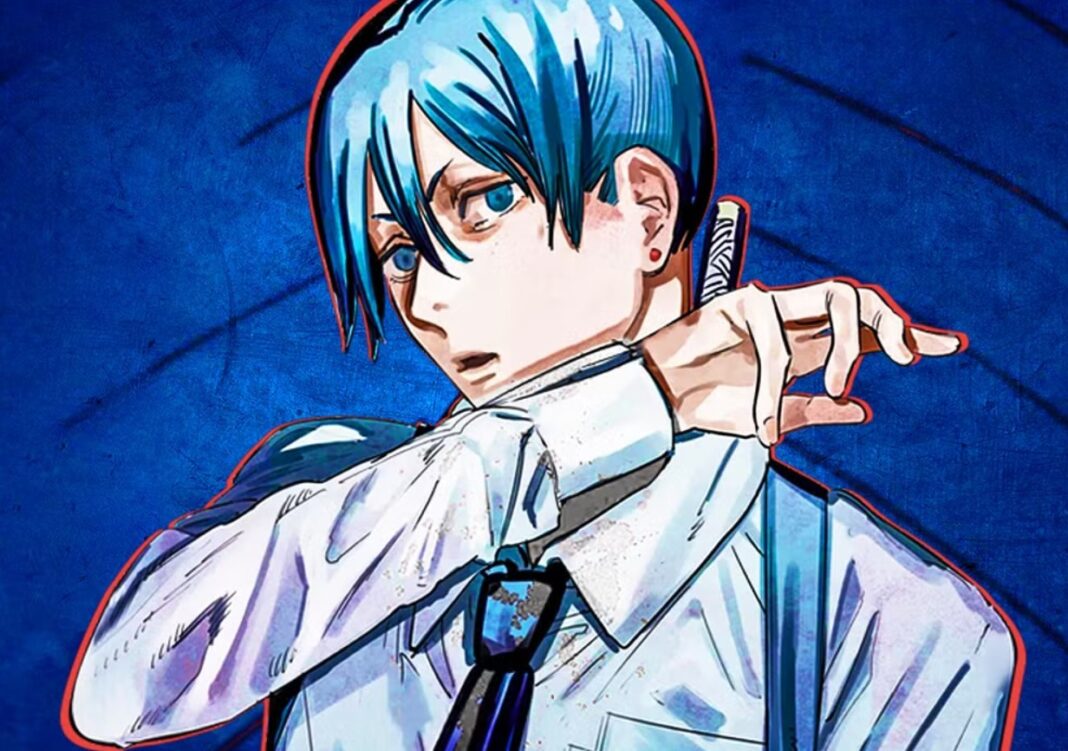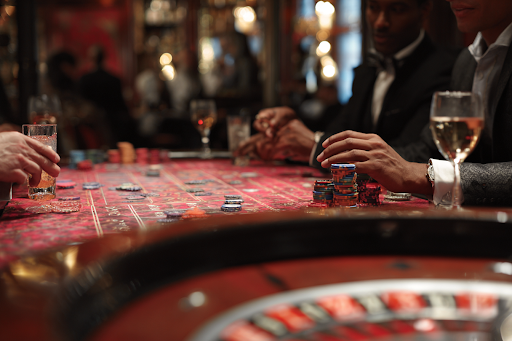With its manic energy, its blood-chilling cruelty, and grotesque humour, Chainsaw Man plunged the spectator down the vortex of addiction. The illustrator of the manga, Tatsuki Fujimoto, and the series gained popularity extremely fast.
Yet, the challenge of adaptation to anime was so great that Studio MAPPA took a different approach. They re-vamped it completely. Vivid cinematography, expressive choreography, and a distinct visual style allowed them to take this story idea to a whole new, explosive level.
This article explores how creators transformed Fujimoto’s comic panels and redefined what an adaptation could be along the way. slotsgem casino site did the same thing online as a top platform, as they re-imagined what wagering could be when it comes to digital immersion, so try it and see for yourself!
The Challenge of Adaptation
Staying True to Fujimoto’s Vision
Tatsuki Fujimoto’s manga version is raw, fast-paced, and unpredictable. The rough, sketch-like style, along with the sudden tonal shifts, made it a tough story to adapt. Many wondered: Could an anime capture the same energy?
But instead of sticking strictly to Fujimoto’s panelling, the producers and directors reimagined scenes with cinematic flair. The result? A show that feels like the manga but moves like a high-octane action film.
Breaking Conventional Styles
Most anime adaptations follow a familiar formula: bright colours, exaggerated expressions, and snappy transitions, but the anime took a different route. The studio used:
- Realistic lighting and shadows: It looked more like a live-action flick than classic anime.
- Smooth, weighty motion: Fights had a visceral impact, making every punch and slash feel real.
- Unconventional camera angles: Dutch tilts/angles, extreme close-ups, and a shaky cam added tension.
This approach gave it a gritty feel that matched the original intended intensity.
Cinematic Storytelling
Film-Inspired Direction
To establish a distinctive visual language, director Ryū Nakayama and his crew used Western methods from Hollywood and alternative media, like:
- Long, uninterrupted takes: Some fights played out in single, fluid shots, making the action feel relentless.
- Slow-motion for dramatic effect: Moments like Denji revving his weapon were stretched out for maximum hype.
- Minimal use of tropes: No exaggerated chibi reactions or speed lines here. Just unfiltered emotion.
This specific direction made the story feel fresh and pulled viewers deeper into its world.
Sound Design That Hits Hard
A great anime isn’t just about its look, as sound plays a huge role too. The audio team went all out for the show:
- Chainsaw roars – Denji’s transformations sounded like real engine revs.
- Punchy effects – Every punch or hit landed with a sickening crunch.
- A killer soundtrack – The opening song, “Kick Back” by Kenshi Yonezu, became an instant classic. The eerie background soundtrack also heightened tension.
Impact on Trends
Raising the Bar
Before, many anime stuck to safe, tried-and-true styles and stories… But MAPPA’s bold approach proved that:
- Anime can be cinematic: The distinction between live-action and animated features can be blurred.
- Fidelity to the source material: Being faithful to the original material means more than simply replicating panels. They had to find fresh methods of conveying the essence of the work.
- Experimentation pays off
Now, other studios might feel inspired to push boundaries, leading to more visually daring anime in the future.
Fan Reactions: Love It or Hate It?
Not everyone was on board with this. Some fans missed the manga’s rougher aesthetic, while others loved the polished, film-like approach, so debates raged online:
- “It feels too clean!” Critics argued that the manga’s grungy charm was lost.
- “This is the best-looking show in years!” Supporters praised the animation’s fluidity and detail.
Yet, it sparked conversation, and when it comes to the genre, that’s a victory.


